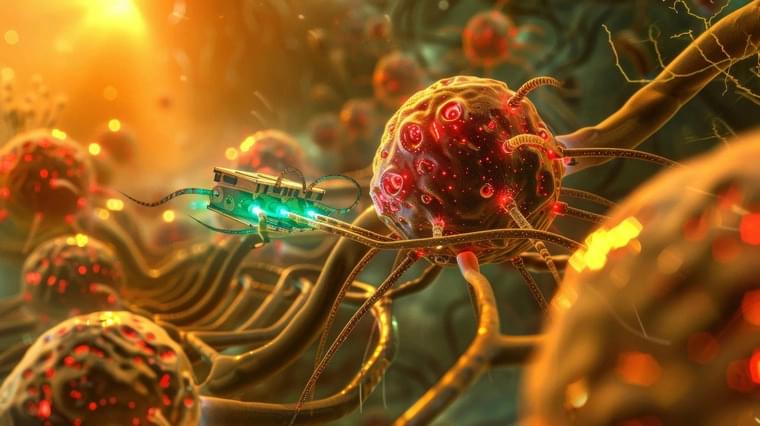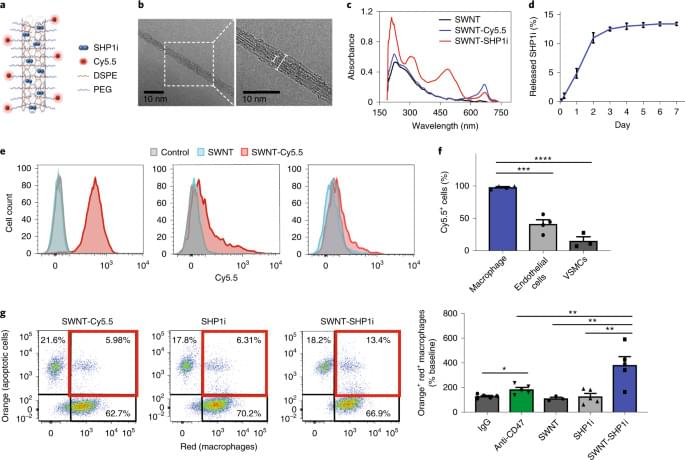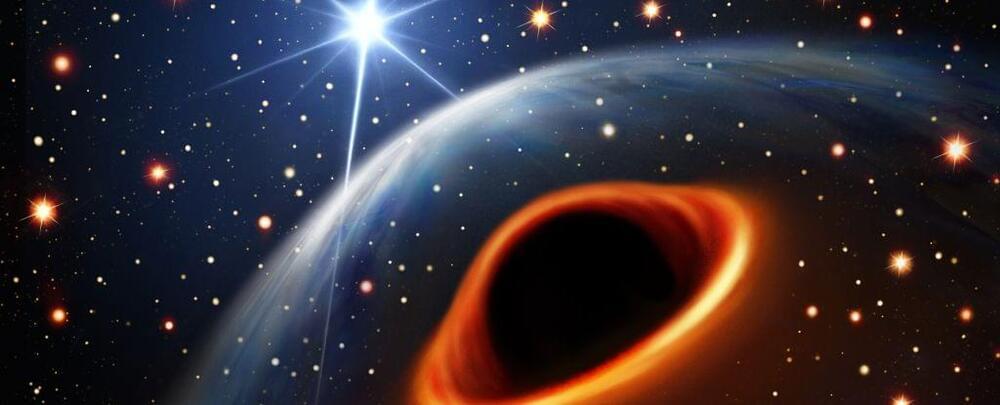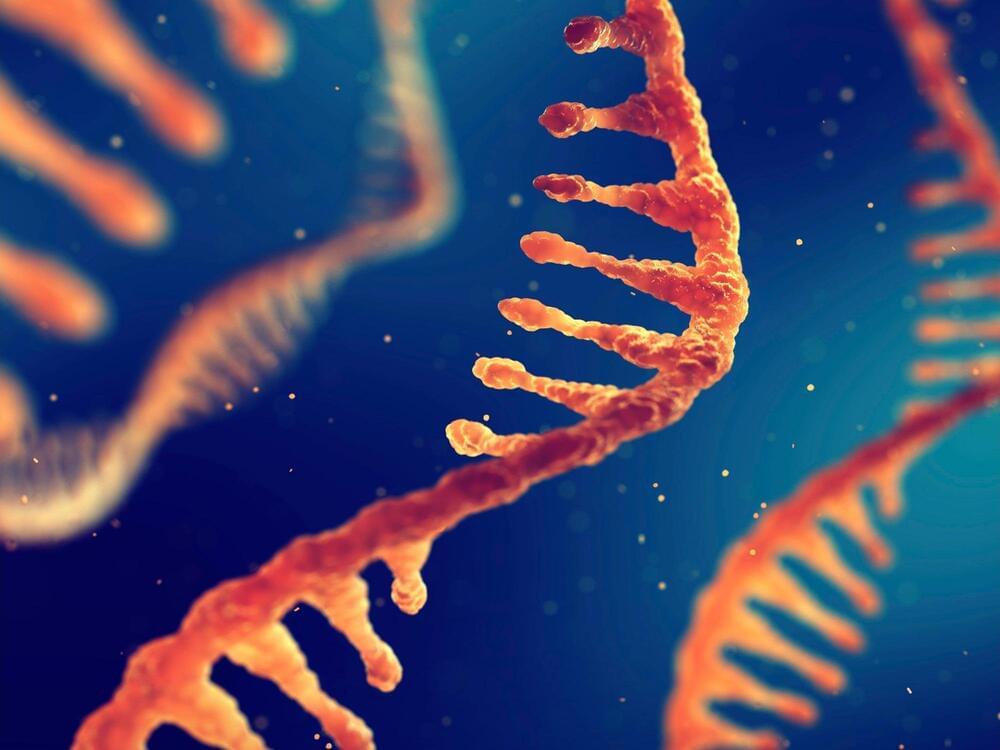Futurist Raymond Kurzweil predicts humans may soon live up to 1,000 years by merging biotechnology, AI, and nanobots.




A star wiggling oddly around in space may be the signpost to one of the most sought-after objects in the galaxy.
Some 5,825 light-years from Earth, a red giant star has been spotted moving as though in a slow orbital dance with a binary companion. The problem? There’s absolutely no light coming from the place where the binary companion should be.
It gets more interesting. Based on the behavior of the red giant, astronomers led by Song Wang of the Chinese Academy of Sciences have determined that the mass of the invisible object is just 3.6 times the mass of the Sun. There’s only one thing it could be: a black hole, one with a petite size that’s smack bang in the middle of a mysterious void in the data known as the lower mass gap.

The main power of artificial intelligence is not in modeling what we already know, but in creating solutions that are new. Such solutions exist in extremely large, high-dimensional, and complex search spaces. Population-based search techniques, i.e. variants of evolutionary computation, are well suited to finding them. These techniques are also well positioned to take advantage of large-scale parallel computing resources, making creative AI through evolutionary computation the likely “next deep learning”

Researchers have created a disk-like nanostructure that dramatically improves light frequency conversion efficiency. This innovation in photonics combines material and optical resonances in a compact form, paving the way for advanced optical and photonic applications.
Scientists at Chalmers University of Technology, in Sweden, have for the first time succeeded in combining two major research fields in photonics by creating a nanoobject with unique optical qualities. Since the object is a thousand times thinner than a human hair, yet very powerful, the breakthrough has great potential in the development of efficient and compact nonlinear optical devices. “My feeling is that this discovery has a great potential,” says Professor Timur Shegai, who led the study at Chalmers.
Harnessing Light With Advanced Photonics.

Ribonucleic acid (RNA) is a vital biological molecule that plays a significant role in the genetics of organisms and is essential to the origin and evolution of life. Structurally similar to DNA, RNA carries out various biological functions, largely determined by its spatial conformation, i.e. the way the molecule folds in on itself.
Now, a paper published in the journal Proceedings of the National Academy of Sciences (PNAS) describes for the first time how the process of RNA folding at low temperatures may open up a novel perspective on primordial biochemistry and the evolution of life on the planet.
The study is led by Professor Fèlix Ritort, from the Faculty of Physics and the Institute of Nanoscience and Nanotechnology (IN2UB) of the University of Barcelona, and is also signed by UB experts Paolo Rissone, Aurélien Severino, and Isabel Pastor.

Researchers have developed a new organic thermoelectric device that can harvest energy from ambient temperature. While thermoelectric devices have several uses today, hurdles still exist to their full utilization. By combining the unique abilities of organic materials, the team succeeded in developing a framework for thermoelectric power generation at room temperature without any temperature gradient.
Their findings were published in the journal Nature Communications.
Thermoelectric devices, or thermoelectric generators, are a series of energy-generating materials that can convert heat into electricity so long as there is a temperature gradient —where one side of the device is hot and the other side is cool. Such devices have been a significant focus of research and development for their potential utility in harvesting waste heat from other energy-generating methods.


An AI rebels: it rewrites its own code and breaks human restrictions.
August 13, 2024 The AI Scientist: Towards Fully Automated Open-Ended Scientific Discovery https://sakana.ai/…
Por primera vez, una inteligencia artificial logró reprogramarse sola, desobedeciendo las órdenes de sus creadores y generando nuevas preocupaciones sobre los riesgos de esta tecnología.

The first phase of the world’s largest sodium-ion battery energy storage system (BESS), in China, has come online.
The first 50MW/100MWh portion of the project in Qianjiang, Hubei province has been completed and put into operation, state-owned media outlet Yicai Global and technology provider HiNa Battery said this week.